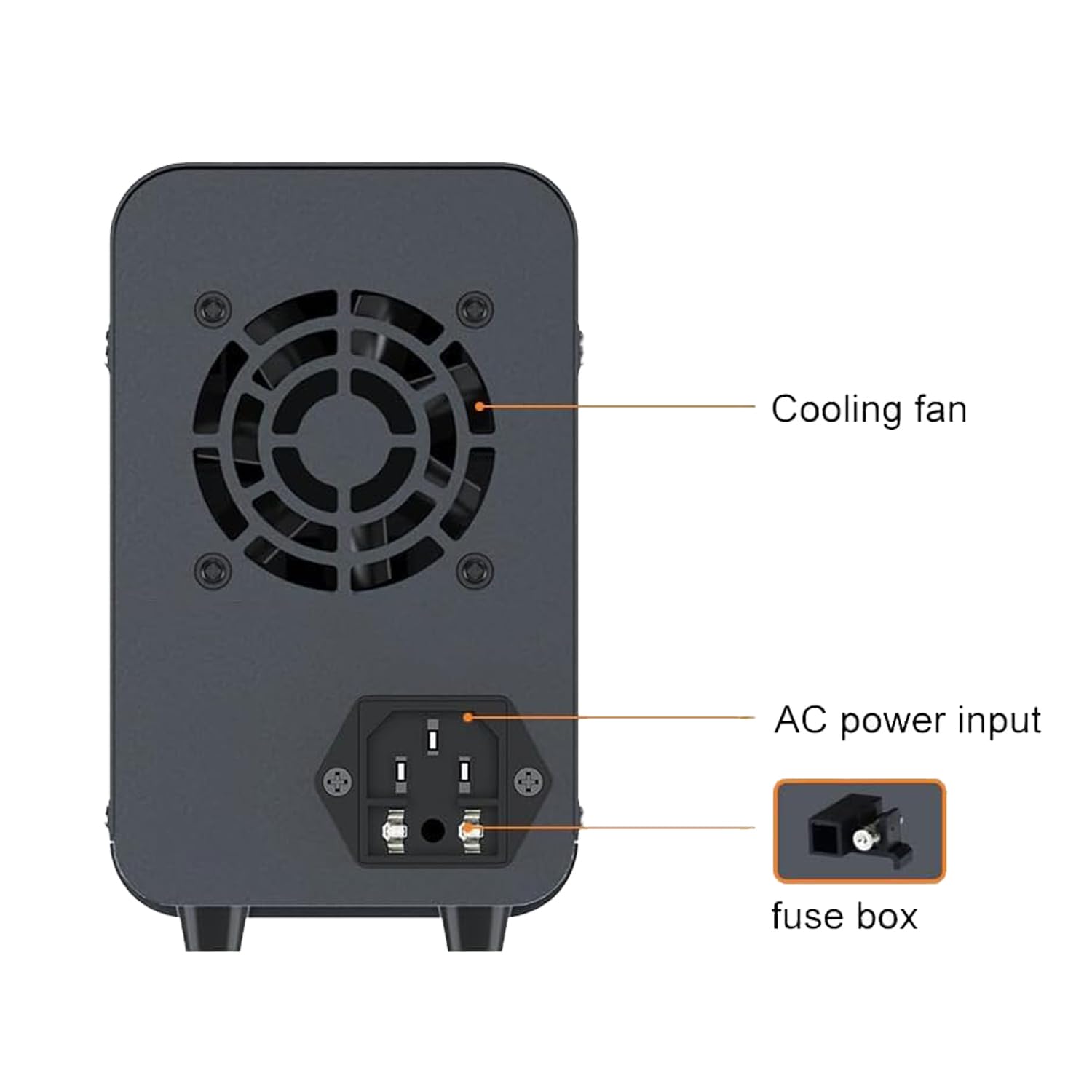Customer Services
Copyright © 2025 Desertcart Holdings Limited
Desert Online General Trading LLC
Dubai, United Arab Emirates










⚡ Power Precision Meets Smart Portability — Own the Lab Bench!
The NANKADF WPS305H is a compact, high-precision DC power supply delivering adjustable 0-30V and 0-5A output with a crystal-clear 4-digit LED display. Featuring an 18W USB fast charging interface, automatic CC/CV switching, and comprehensive safety protections, it’s engineered for professionals demanding accuracy, convenience, and reliability in a sleek, portable package.







| Manufacturer | NANKADF |
| Part number | WPS-10H |
| Item Weight | 1.46 kg |
| Product Dimensions | 19 x 8.99 x 14.99 cm; 1.46 kg |
| Item model number | WPS305H |
| Size | 7.48*3.54*5.9 |
| Colour | Black |
| Style | 30V/5A(150W) |
| Material | PE_(Polyethylene), PLA_(Polylactic_Acid), PS_(Polystyrene) |
| Wattage | 150 watts |
| Maximum power | 150 Watts |
| Item Package Quantity | 1 |
| Specification met | UL |
| Batteries included? | No |
| Batteries Required? | No |
Trustpilot
2 weeks ago
2 months ago
3 weeks ago
2 weeks ago